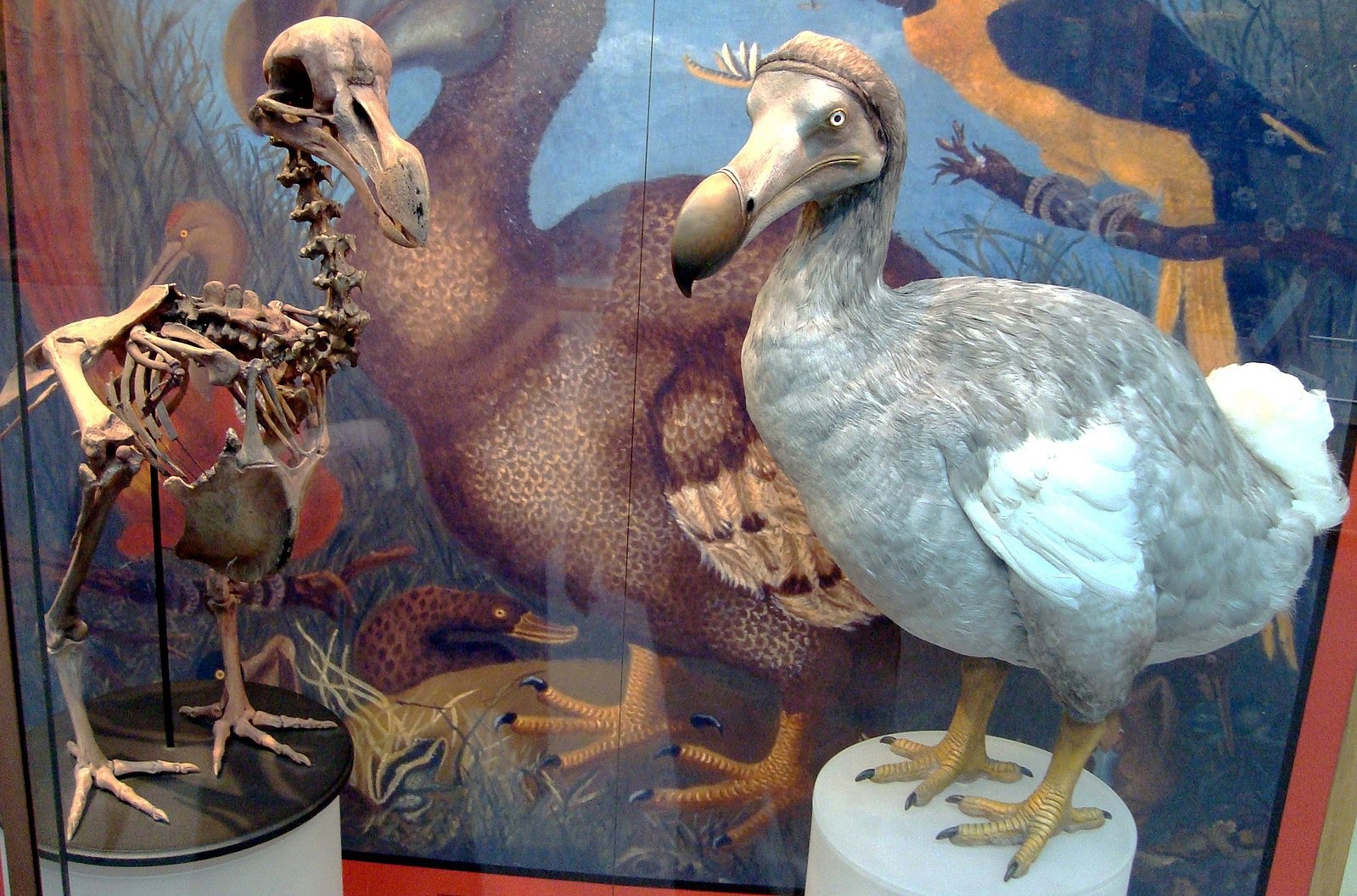
Colossal Biosciences is on a quest to bring back extinct animal species. In the past year and a half, the company has announced plans to recreate the woolly mammoth and the Tasmanian tiger. On February 2, 2023, the Texas-based startup added the dodo bird to its de-extinction list. If successful, these efforts could open the door to a new era of biodiversity.
How did the dodo bird go extinct?
The dodo was a flightless bird that lived on the Indian Ocean island of Mauritius in the 17th century. It stood about three feet (one meter) tall and weighed between 33 and 44 pounds (15 and 20 kg). Researchers believe the dodo was once capable of flying. But that changed when the birds discovered Mauritius. With ample food and no predators, they had no incentive to leave. Over the years, the birds got bigger and heavier, and their wings became too small to allow them to fly.
The dodo's idyllic life changed when Portuguese explorers found the island in the early 1500s. The curious animals were not afraid of the humans and walked right up to them. This made them easy to kill. The sailors also brought other predators like rats, pigs, and monkeys. Some dodos may also have died of hunger as the explorers cleared the fruit-rich forests. The birds' trusting nature earned them the name "doudo" or "fool" in Portuguese. Scientists believe the dodo was extinct by the late 17th century. Today, the birds are often cited as the perfect example of human-caused extinction.
The science
The Colossal Biosciences researchers will begin by removing germ cells from the eggs of the Nicobar pigeon, the dodo's closest living relative. The genes will be edited to make them more dodo-like and implanted back into the eggs. The scientists will then incubate the eggs. If successful, the eggs will hatch and we will have our first dodo-like bird. The technique has previously been used to breed chickens. But whether it can revive an extinct species remains to be seen.

The challenges
Even if scientists can recreate a dodo-like animal, there will be other challenges. For example, how will the bird learn how to survive in the wild and where will it live? Many researchers also believe that instead of trying to bring back animals that are already extinct, the company should focus on saving those that are on the verge of extinction.
"There's so many things that desperately need our help. And money," Julian Hume, an avian paleontologist at London's Natural History Museum, told CNN. "Why would you even bother trying to save something long gone when there's so many things that are desperate right now?"
Resources: CNN.com, Smithsonianmag.com, ScientificAmerican.com
